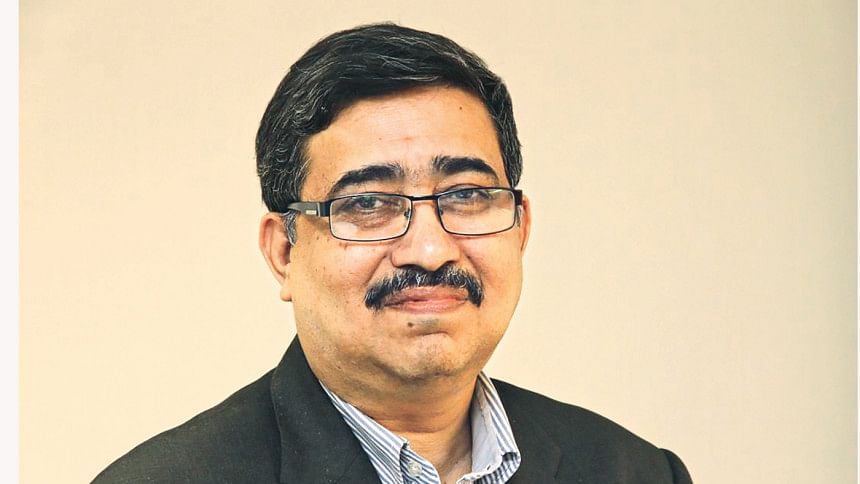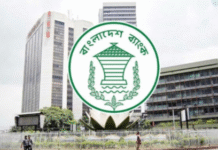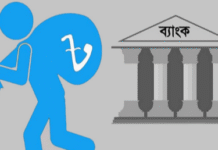
Last update on: Sun Jun 11, 2023 01:43 AM

In an era defined by rapid technological advancements, the role of technology in the government sector is undergoing a profound transformation. Merging government and technology holds the promise of streamlining operations, enhancing citizen engagement, and ultimately transforming the way in which governments function.
Many countries have already embarked on this journey.
The Philippines has created a programme which tracks and generates reports on public education services, leading to quicker responses to challenges such as the lack of textbooks, classroom maintenance and false enrollment rates. The Jakarta Transport Authority in Indonesia has worked to assess alternate traffic plans, resulting in bus trip times being cut and their ridership increasing.
About 99 per cent of the adult population in India have already enrolled on the Aadhaar digital identification programme, which is used to distribute government benefits, services, and subsidies.
Technology has already played a significant role in the government reform of Bangladesh, enabling various advancements and improvements in governance, service delivery, and citizen interaction. This includes the digitalisation of various government services, online portals, and electronic document management systems.
Very few people can forget how the Surokkha app was an incredible game-changer during the Covid-19 pandemic. The introduction of the National ID card (NID) system has facilitated seamless citizen identification and authentication for various government services. The NID system has already been integrated with different sectors such as banking, taxation, and social welfare programmes.
In the future, technology will play a pivotal role in shaping governments worldwide. Artificial intelligence-powered chatbots can provide instant and personalised assistance, machine learning algorithms can analyse vast amounts of data to identify patterns and predict trends, and AI can streamline administrative tasks, leading to increased efficiency and cost savings.
Blockchain technology can ensure transparency and trust in public services, such as voting systems and procurement processes.
The Internet of Things can enable the collection of real-time data from sensors and devices embedded in public infrastructure, such as traffic lights, and utilities, which can be leveraged to optimise resource allocation, improve urban planning, and enhance emergency response capabilities. E-government platforms will become more interactive and personalised, bridging the gap between the government and the people they serve, and allowing citizens to access government services seamlessly.
However, government reforms with technology can face resistance. Bureaucratic inertia and resistance to new approaches can make it challenging to gain consensus and drive reform initiatives forward. Most importantly in the specific case of Bangladesh, such resistance may come from those “morally not so strong” government officials who may realise that more technology and automation would directly lead to much lower opportunities for corrupt practices, which are so highly prevalent when the processes are manual and require direct physical contact between citizens and government officials.
Therefore, the successful implementation of technological reforms will depend on garnering widespread public support and acceptance. Engaging citizens, managing expectations, and effectively communicating the rationale, benefits, and progress of reforms are essential.
As governments worldwide embrace these transformative possibilities, they will also pave the way for more responsive, transparent, and effective governance in Bangladesh.
The author is an economic analyst









